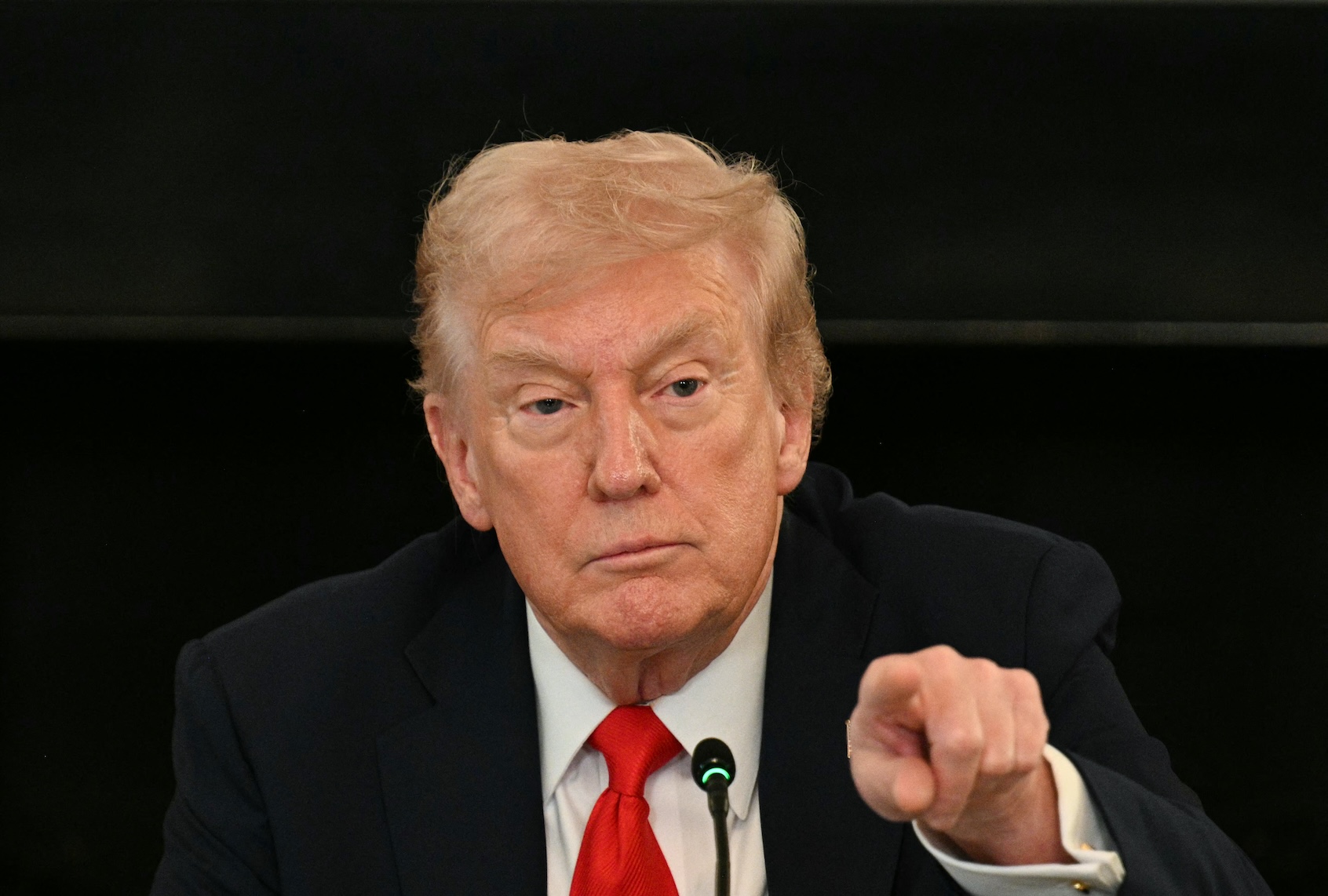It directs the federal government to mobilize law enforcement resources, including the post-9/11 counterterrorism apparatus and Joint Terrorism Task Forces, against individuals and organizations that fall within these expansive categories. In the months since, the administration has apparently already started kicking law enforcement into gear to crack down on its political enemies.
Independent journalist Ken Klippenstein has reported on multiple instances of arrests being made through the directives laid out in NSPM-7. For example, Klippenstein reported on one incident involving Elias Cepeda, an English professor arrested on Sept. 26 participating in a protest outside an ICE facility in Broadview, Illinois. DHS issued a press release describing him as having “suspected ties” to antifa and highlighting several of his social-media posts as concerning. Cepeda was carrying a firearm for which he reportedly has a valid concealed-carry permit. He was held about 12 hours in federal custody before being moved to state custody and quickly released.
“In other words, you don’t have to have committed a crime to be investigated or even arrested and detained,” Klippenstein wrote last month. “You just have to have committed wrongspeech, as defined by NSPM’s broad indicators.”
While some have noted that NSPM-7 carries little formal authority — there is no provision in U.S. law for designating domestic groups as terrorist organizations — the memo’s power does not rely on legal force. Its intent is to shape behavior, which is already having tangible effects. By signaling that a broad range of ideological positions and activities could draw federal scrutiny, NSPM-7 is intended to chill speech and activism.
Although NSPM-7 is generally abhorrent, l recall reading about this a while back
Trump’s NSPM-7 memo casts critics of Christianity as enemies of the state


